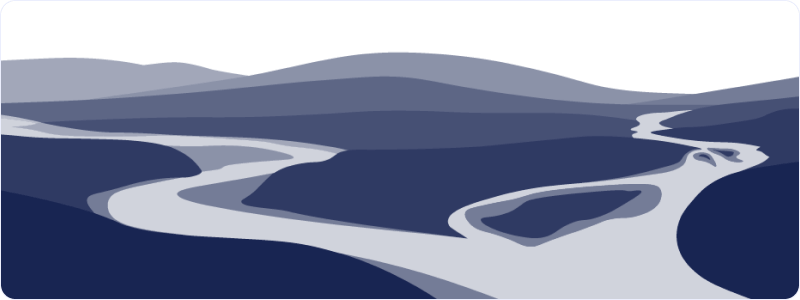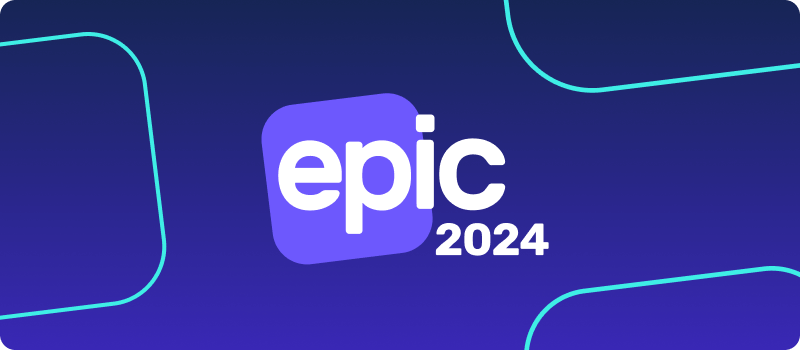Ka kōrure ngā ako – What’s changed in learning?

New Zealand has recently seen the biggest shift in Year 11 Assessment since the implementation of NCEA. I was a Year 9 student just starting high school when NCEA came in almost twenty years ago, and it certainly looks different.
Since I started working at EP, I’ve really enjoyed talking with teachers across the country. I’ve focused on hearing and learning how each of you tackles curriculum changes differently to keep students engaged. It’s amazing to see the emphasis on what benefits students most. I’ve undergone extra tertiary studies in Science and mātauranga Māori to gain an external appreciation for how these changes can be reflected in new EP lessons, and best assist each teacher’s efforts.
All curriculum learning areas have seen these big changes. While many are adopting the new standards, some dropped NCEA Level 1 altogether, or created their own diplomas/programmes before students move to NCEA Level 2-3 or international assessments.
He wero – The challenge
This has provided EP with an exciting challenge. The company has embraced the opportunity to redesign its Year 11 content library. EP has incorporated multiple knowledge systems and worldviews into its content.
Schools have been tasked with implementing these changes without suitable tools. Teachers are working harder than ever to incorporate unfamiliar knowledge systems. The interweaving of mātauranga Māori and Western knowledge is something that teachers want to approach with care and respect, though this is difficult when the knowledge is not readily available. Schools may not want to rely on or burden to provide information. EP aims to provide a way for teachers to access trusted, in-depth, and curriculum-aligned knowledge.
He waka eke noa – Partnerships for mutual benefit
EP’s achieved this by partnering with amazing kaiako Māori and science teachers from all over the country. The company contracted skilled teachers to share their knowledge of both mātauranga Māori and Science to build over 60 new Science Lessons across 15 distinct units.

Ka whāngaia, ka tupu, ka puāwai – A new horizon for Aotearoa teachers
The changes have meant choosing new Year 11 resources, creating new junior programmes, and building up the skills needed so ākonga aren’t thrown in the deep end straight at NZC6.
I’ve often heard:
- I’m the only Science teacher at my rural school–how do I know I’m doing this right?
- I was never trained for this new approach and I have no experience in Te Ao Māori and mātauranga Māori–what do we do?
- We don’t have an established relationship with local iwi and we want to start, but we want to do some learning ourselves to get started.
But where do you go when you simply can’t Google the information? Te Ao Māori is a rich worldview that is passed through generations and differs between iwi and hapū.
He rau ringa, e oti ai – EP’s Approach
EP’s goal has been to assess curriculum documents, follow guidance from Science leaders at the Ministry of Education, review their existing content library, and assess which topics and content strands have been growing in popularity across Aotearoa. With this valuable insight, EP collates this information to assess the greatest needs, and in turn build effective, cohesive units of work that best serve Aotearoa kura.
This leads to full units on Maramataka, Microorganisms, Genetics, Water Cycle, Rock Cycle, Electricity and Magnetism, Elements, Heat, Mechanics, Plant Biology, Soil Science, and Waves.
For EP’s pre-existing folders and units of work, the platform offers single lessons that interweave a key mātauranga Māori concept with the big Science ideas in the topic. These lessons are EP’s Te Muriwai lessons.
I personally loved seeing the development of the Waves lesson. The kaiako wrote the lessons and decided to cover two important aspects instead of one, as they came in with multiple perspectives on the intersection of physics and application in Te Ao Māori. This led to a beautiful lesson containing links between Western science and mātauranga Māori. The lesson deepened my own knowledge as a teacher who has taught waves in physics.

Pukapuka tātaki – Teacher Guides
To help tackle the complexities of the new NCEA standards, EP has also created an alignment matrix spreadsheet. EP understands that the Science 1.1-1.4 standards can be drawn from any content strand in the curriculum and that the combined Chemistry-Biology (CB), Physics-Earth and Space Science (PESS) means a huge variety in application. As a result, it made the most sense to align our library to the NZC Strands and provide an extra layer of documentation; a curriculum map of all lessons, and the NCEA Standards Alignment Matrix.
While EP does have this available in PDF, I wanted to ensure a spreadsheet version that could be copied and edited to suit your standards, while still giving you the option to customise or update lesson links!
Mā whero, mā pango, ka oti te mahi – Ability to localise
EP lessons are also fully customisable. This allows you to create and edit your own content and assessments for your students that include local contexts.
For example, you can:
- Create an assessment using the lesson as question banks on a relevant topic
- Edit a lesson to change the investigation types
- Swap out contexts to localise them
- And more!
EP has noted where it is important that the knowledge will differ between different iwi and hapū.

Ko wai koe? – About the Author
Kirsty Mills has been at EP for two years as a Teacher Consultant for Science. She is currently a Solutions Consultant for Aotearoa Schools. Previously, Kirsty taught in Waikato secondary schools as a Science and Chemistry teacher for over a decade.


